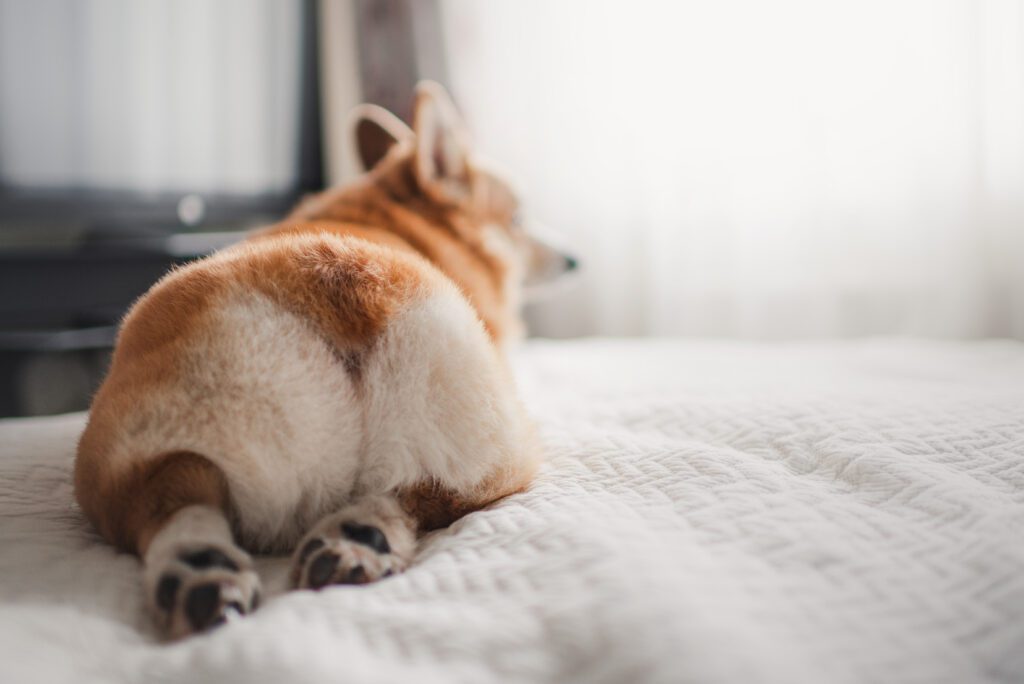Our advice is to start with easy commands, which form the basis of learning. Often these commands are combined with others, so learning the basics is essential.
This seems obvious. Start by teaching your dog to understand when you are calling it. To do this, call it regularly by its name (avoid nicknames at first, you don’t want to confuse it).
Praise your dog as soon as it looks at you, turns to you or comes towards you. You can also lure your pet with a small treat to make the reward even more enjoyable.
Repeat this dozens and dozens (even hundreds) of times until it understands that you are calling it. Be careful, never call it to reprimand it, as it will associate this command with something unpleasant and will therefore be tempted to ignore you (they can be little rascals!).
This is often one of the first commands a puppy is taught. Making it sit down will be very useful when you want to make it wait, avoid danger, curb its excitement and so on.
To teach this command, stand in front of it and say the chosen word (e.g. sit). Hold a treat in one hand and show it to the dog. Wait for your dog to sit down by itself and reward it with a treat as soon as it puts its bottom on the ground. Don’t hesitate to praise it verbally and out loud. Repeat this process as often as you can. Your pet will soon realise that it will get a reward when you tell it to sit, and it does.
We all love it when our dog is delighted to see us when we get home. While this can be cute sometimes, it can also quickly become unmanageable (the dog that doesn’t give its owner time to get into the house, the big dog that jumps on his owner and almost knocks them over, the dog that can’t control its bladder).
Ideally, the dog should be allowed to calm down. The first thing to do is not to get your dog any more excited than it already is. Tell it to sit still and not to move, to give it time to calm down on its own. If necessary, ignore it. When your dog is perfectly calm, allow it to say hello. If it starts to get excited again, repeat the procedure.
Your puppy understands a lot, so don’t wait too long to start training it. Be patient and hang in there!
So, what are your own thoughts on the topic? Do you have any tips and tricks to share about puppy training? Let us know!



Votre navigateur est obsolète!
Mettez à jour votre navigateur pour afficher correctement ce site Web. Download Google Chrome